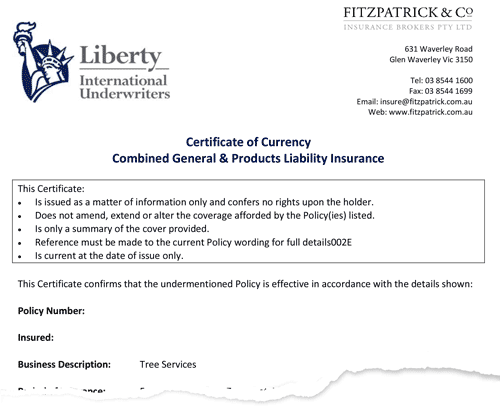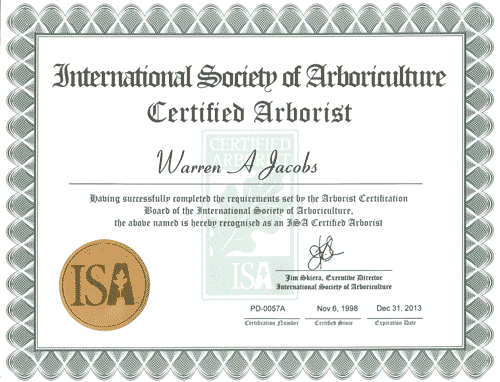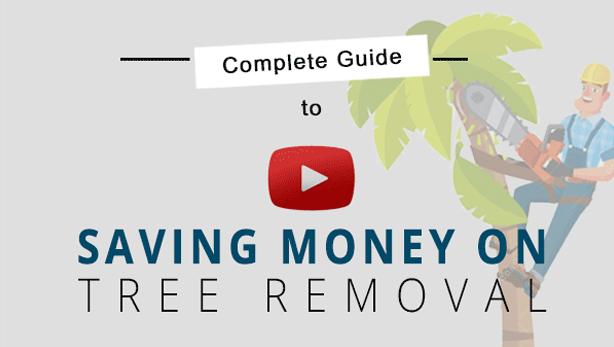Do you need a tree removed safely and affordably on the Central Coast? Compliance with local council regulations is essential, and Go Tree Quotes is here to help.
We connect homeowners with local arborists specialising in safe and efficient tree services. We let you compare quotes from trusted professionals with ease, saving you time and money while ensuring top-quality results.
| Task cost central coast | Low | High | Average |
|---|---|---|---|
| Tree Removal | $342 | $3,950 | $1,239 |
| Tree Trimming | $75 | $1,200 | $423 |
| Arborist Reports | $350 | $550 | $450 |
| Stump Removal | $50 | $550 | $175 |
| Palm Trimming | $50 | $375 | $95 |
| Palm Removal | $250 | $2,400 | $390 |
Why Choose Go Tree Quotes for Tree Removal?
- Years of experience in tree services
- Free quotes from trusted professionals
- Licensed and insured arborists, including experienced tree loppers, for your peace of mind
- Local experts who know the area well
- Focus on safety and high-quality results
- Assistance with council compliance
- Emphasis on proper tree care to ensure the health and longevity of your trees
- Affordable rates and top-notch service
- Cleanup guaranteed after every job
We understand that dealing with trees can be stressful, but our team takes the hassle out of the process.
Our Professional Tree Removal Services
Whether it’s a towering gum tree leaning dangerously or a stump ruining your yard, we’ve got the solution. Our services include:
- Tree Removal: We handle trees that are dead, dangerous, or blocking your view.
- Tree Pruning: Improve tree health and shape while reducing risks.
- Stump Grinding: Clear your yard of stubborn stumps for a clean finish.
- Palm Tree Removal: Specialised services for tricky palm removals.
- Deadwood Removal: Remove dead or decaying branches to enhance safety and tree health.
- Emergency Tree Services: Fast response for storm-damaged or fallen trees.
- Hedge Trimming: Maintain neat and well-shaped hedges to complement your property.
- Tree Cabling and Bracing: Strengthen and stabilise weak or damaged trees to prevent breakage.
- Land Clearing: Clear overgrown or heavily treed areas to prepare your property for new projects or better use.
Our arborists use the latest equipment to ensure safety and efficiency.
How We Ensure Safety and Compliance
Tree removal involves risks, but we prioritise safety. Trained in Australian safety standards, our arborists strictly follow council regulations. We handle everything from risk assessments to helping secure permits when needed. You can rest assured knowing every job is fully insured.

The Value of Professional Tree Care
Hiring experts for tree care ensures your property and trees are in the best hands. Professional tree services help maintain healthy trees and a thriving ecosystem. Certified arborists have the skills and knowledge to handle complex tasks like removal, pruning, and stump grinding safely and effectively. Their expertise not only preserves tree health but also minimises risks.

Ensuring Safety in Tree Services
Tree work involves significant hazards, including heights, falling branches, and proximity to power lines. Our Central Coast tree loppers use advanced equipment and specialised techniques. Professional arborists are trained to assess risks and ensure safety during every job.

Quick, Free Tree Service Quotes
Find the best tree removal quotes without hassle. Go Tree Quotes connects you with top-rated professionals in the tree industry. We vet providers so you get only top-rated local options.
- Submit your postcode and job details on our form.
- Three local services receive your request for a quote. They’ll reach out to arrange a visit for an accurate quote.
- Select the best quote based on your preferences.
There’s no obligation to hire, making this a stress-free experience.
Service Areas
We provide services throughout the Central Coast, including Gosford, Wyong, Terrigal, and Woy Woy. From residential homes to commercial properties, we’ve got the area covered.
FAQ's
Tree removal costs range from $300 to $10,000, depending on tree size, location, and complexity. Very large trees can even be priced at $20,000. We help you compare quotes to get the best deal.
Dead branches, leaning trunks, or visible root damage are indicators of removal, such as in cases of storm-damaged trees or those with extensive decay. A professional assessment will confirm if removal is needed.
Yes, in many cases. We guide you through the process to ensure compliance with local council rules.
We cut the tree into manageable pieces, chip branches into mulch, and remove logs. Stump grinding is available on request.
Most jobs take a few hours, but larger or hard-to-access trees may require a full day.
Yes, all professionals are fully licensed and insured for your protection.
Yes, we specialise in safely removing trees near power lines and structures.
Yes, call us for urgent assistance with storm-damaged or fallen trees.
Quotes typically cover tree cutting, debris removal, and optional stump grinding. We provide clear pricing upfront.
We offer pruning and expert advice to keep your remaining trees healthy and safe.
Tree lopping, when done correctly, can improve tree health and modify its shape without causing damage. Hiring trained arborists ensures the procedure is carried out safely and effectively, with proper safety considerations in place.
Address:
8 Mondy Cres
Avoca Beach
NSW 2251
Call: 1800 161 275












